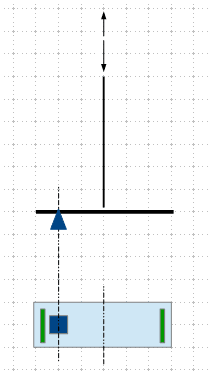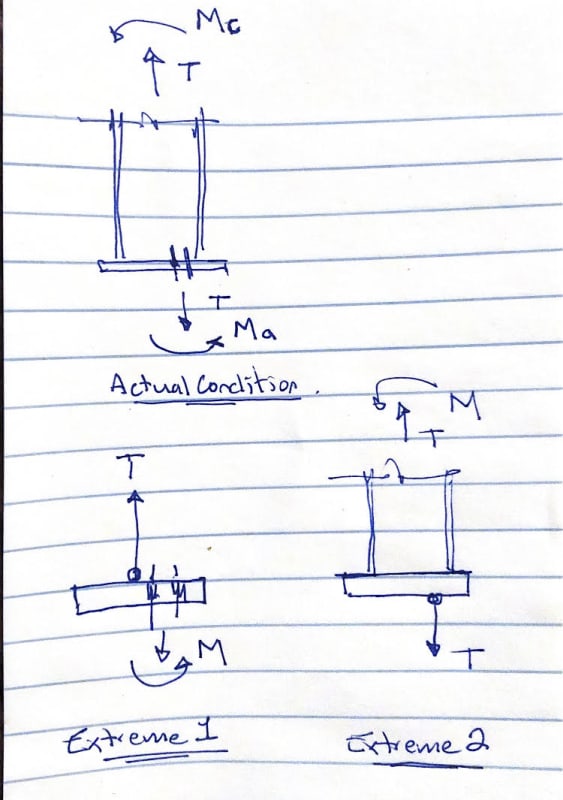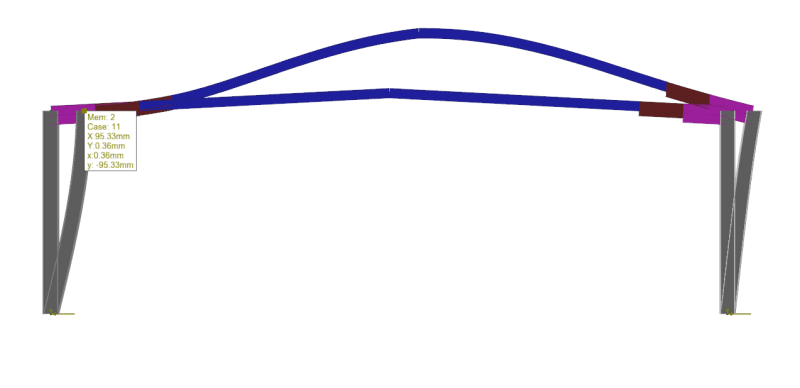canwesteng
Structural
- May 12, 2014
- 1,700
A PEMB vendor has supplied a base plate with anchors only in the bottom 3rd of the base plate - say it was an 18" depp BP, then you have 3"x3" bolt square 6" from one edge. The column is straight and doesn't taper, so surely there is some eccentricity in tension loads here that they aren't reporting? Has anyone else dealt with this?



